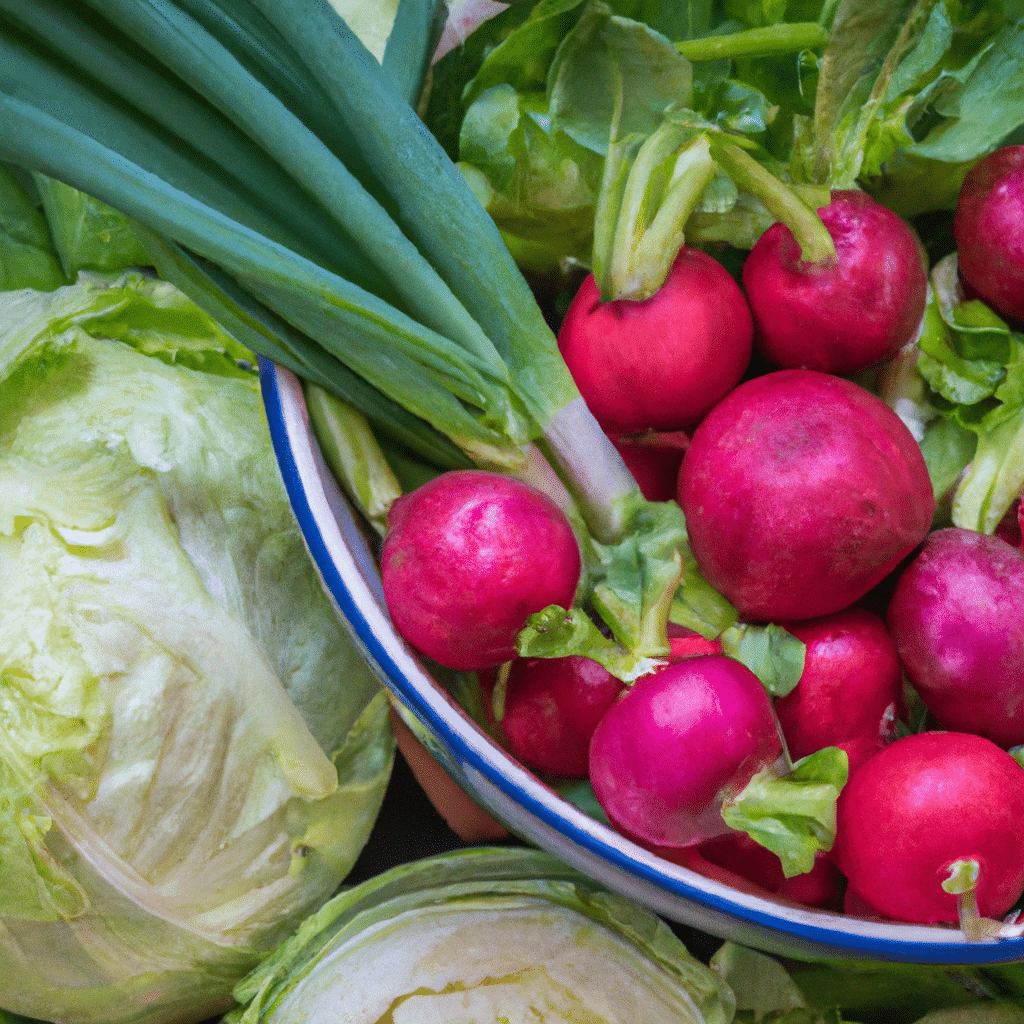Kimchi, a traditional Korean dish, has gained popularity worldwide for its unique blend of flavors and health benefits. Traditionally made with fermented cabbage and a variety of seasonings, kimchi offers a delightful combination of tanginess, spiciness, and umami. While the original recipe includes fish sauce or shrimp paste, this article will uncover the secret ingredient that makes vegan kimchi just as irresistible. Whether you follow a plant-based diet or simply enjoy exploring new flavors, this recipe will satisfy your taste buds and leave you craving for more.

The Rise of Veganism and the Demand for Vegan Kimchi
In recent years, there has been a significant rise in the number of people following a vegan lifestyle. The reasons for embracing veganism vary, from ethical concerns about animal welfare to environmental sustainability and health benefits. As a result, the demand for vegan alternatives to traditional dishes has also increased. Vegan kimchi, which eliminates animal-derived ingredients without compromising on taste, has become a sought-after option for those who want to enjoy the flavors of Korea’s iconic side dish.
The Secret Ingredient: Gochujang – The Key to Flavorful Vegan Kimchi
Gochujang, a fermented chili paste made from red chili peppers, glutinous rice, fermented soybeans, and salt, is the secret ingredient that elevates the flavor profile of vegan kimchi. Its unique combination of sweet, spicy, and savory notes adds depth and complexity to the dish, making it truly irresistible. Gochujang not only provides a rich umami taste but also contributes to the fermentation process, ensuring that the kimchi develops its characteristic tanginess.
Why Gochujang is Perfect for Vegan Kimchi
- Umami Powerhouse: Gochujang’s fermented soybeans and glutinous rice create a delightful umami flavor, making it an excellent substitute for fish sauce or shrimp paste typically used in traditional kimchi recipes.
- Spice it Up: The red chili peppers in gochujang add a spicy kick to the kimchi, giving it a fiery flavor that will leave you craving for more.
- Natural Fermentation: Gochujang contains beneficial bacteria that aid in the fermentation process, allowing the kimchi to develop its signature tangy taste. This natural fermentation process also contributes to the probiotic content of vegan kimchi, promoting gut health.
- Versatility: Gochujang can be used in various other vegan dishes, such as stews, stir-fries, and marinades, making it a versatile ingredient to have in your pantry.
How to Make Vegan Kimchi with Gochujang
Creating your own vegan kimchi with gochujang is a rewarding and straightforward process. Here’s a step-by-step guide to making this irresistible dish:
Ingredients:
- 1 medium-sized Napa cabbage
- 1 daikon radish
- 3-4 carrots
- 1 bunch of green onions
- 4-5 cloves of garlic, minced
- 1 thumb-sized piece of ginger, grated
- 1/4 cup gochujang
- 2 tablespoons tamari or soy sauce
- 1 tablespoon maple syrup or another natural sweetener
- 1 tablespoon toasted sesame oil
- 1 tablespoon rice vinegar
- 1 teaspoon sea salt
Instructions:
- Prepare the Vegetables: Cut the Napa cabbage into bite-sized pieces, grate the daikon radish and carrots, and chop the green onions.
- Salt the Cabbage: Sprinkle the cabbage with sea salt in a large bowl, gently massaging it to distribute the salt evenly. Let it sit for about 2 hours to draw out excess moisture.
- Prepare the Kimchi Paste: In a separate bowl, combine the minced garlic, grated ginger, gochujang, tamari or soy sauce, maple syrup, toasted sesame oil, and rice vinegar. Mix well to create a smooth paste.
- Rinse and Drain the Cabbage: After 2 hours, rinse the salted cabbage under cold water and drain it thoroughly.
- Combine the Vegetables and Paste: In a large mixing bowl, combine the cabbage, grated daikon radish, carrots, and green onions. Add the kimchi paste and mix thoroughly, ensuring that all the vegetables are coated with the flavorful mixture.
- Fermentation Process: Transfer the kimchi into a sterilized jar or airtight container, pressing it down firmly to remove any air bubbles. Leave about an inch of space at the top to allow for expansion during the fermentation process. Seal the jar tightly.
- Ferment and Savor: Place the jar in a cool, dark place for fermentation. Check the kimchi daily, pressing it down to release any trapped air. After a few days, the kimchi will develop its tangy flavor. Once it reaches your desired level of fermentation, transfer it to the refrigerator to slow down the fermentation process and enjoy!
Conclusion
By incorporating gochujang, a fermented chili paste, into the vegan kimchi recipe, we have discovered a secret ingredient that enhances the flavor and complexity of this traditional Korean dish. Gochujang’s umami-rich profile, natural fermentation properties, and versatility make it an ideal substitute for fish sauce or shrimp paste in vegan kimchi. With this recipe, you can now create your own batch of irresistibly flavorful vegan kimchi at home. Embrace the world of plant-based cuisine and savor the enticing flavors of Korea with this delectable dish.
